Line Following Robot without using Microcontroller
₨3,000.00
A Line Follower Robot (LFR) is a simple yet fascinating machine designed to follow a path — typically a black or white line on a contrasting surface. It’s a great beginner-friendly robotics project that helps in understanding the fundamentals of sensors, logic circuits, and motor control.
Description
A Line Follower Robot (LFR) is a simple yet fascinating machine designed to follow a path — typically a black or white line on a contrasting surface. It’s a great beginner-friendly robotics project that helps in understanding the fundamentals of sensors, logic circuits, and motor control. While most line-following robots are built using Arduino or other microcontrollers, in this project we’ll construct one without a microcontroller — using only basic electronic components — to truly grasp the underlying logic and circuit design.
As the name suggests, the robot’s primary function is to follow a line. More advanced versions can go beyond this, such as finding the shortest path between two points or solving a maze. However, in this project, we’ll focus on building a simple, basic version.
Components Required
-
IR LED pairs (Transmitter and Receiver) – 2 sets
-
Resistors – 100kΩ, 220Ω, 1kΩ (2 each)
-
LEDs
-
Preset/Variable Resistor – 10kΩ (2)
-
LM358 IC (Comparator)
-
L293D IC (Motor Driver)
-
BO Motors with Wheels – 2
-
Header pins
-
Perfboard
-
Connecting wires
-
Robot chassis
-
9V Batteries with clips – 2
Working Principle
The operation of the line-following robot is based on combining the functions of a comparator circuit and an L293D motor driver.
Each IR sensor detects whether it’s over a black or white surface and sends a corresponding signal to the LM358 comparator IC.
When the IR LED detects a reflective surface (white), the comparator outputs a HIGH signal (VCC). This signal determines whether a motor should be activated. Since each sensor controls one motor, the robot moves forward when both sensors detect the line. If one sensor detects the line while the other doesn’t, only one motor runs — allowing the robot to turn and stay aligned with the path.
Understanding the IR Sensor
The IR sensor is what allows the robot to detect and follow the line. Although ready-made IR sensor modules are available, building one yourself helps in understanding how it works.
An IR sensor consists of two main parts — an Infrared Transmitter (IR LED) and an Infrared Receiver (Photodiode), often referred to together as an Optocoupler or Photocoupler.
The IR LED emits infrared light, while the photodiode detects the reflected light from a surface. The response depends on the surface color:
-
White surfaces reflect most of the IR light, allowing the photodiode to detect it easily.
-
Black surfaces absorb IR light, resulting in little to no reflection.
The transmitter and receiver should have matching wavelengths for accurate detection. Different IR components can vary by wavelength, output power, voltage, and response time — so it’s important to pair compatible components for effective sensing.
Only logged in customers who have purchased this product may leave a review.

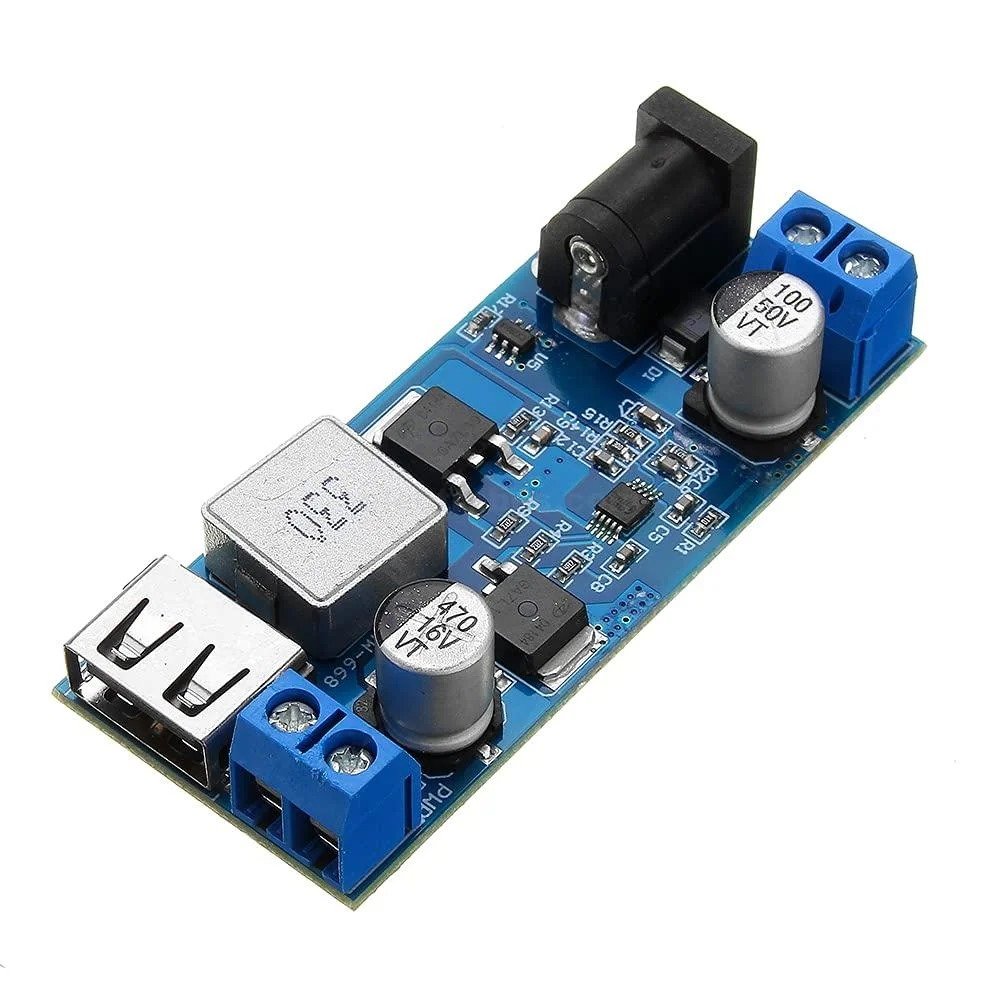
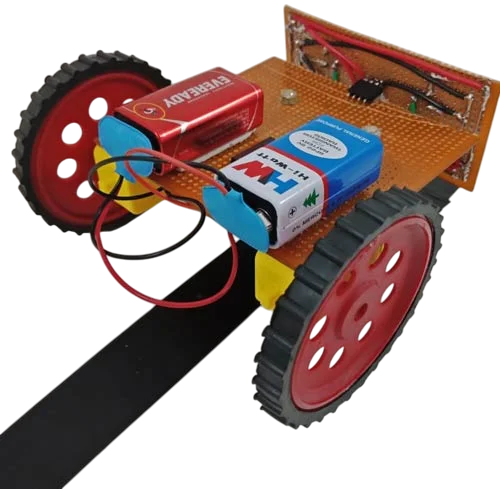
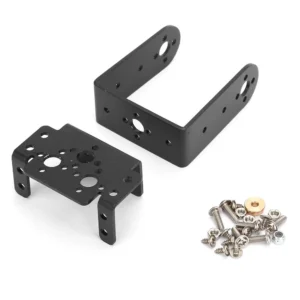
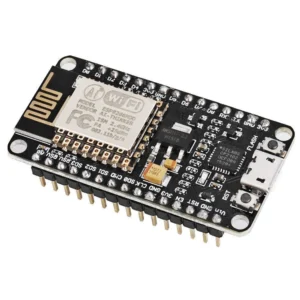
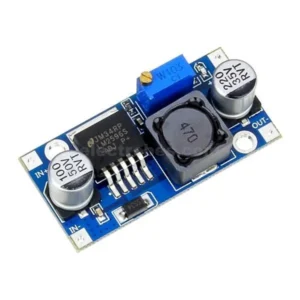
Reviews
There are no reviews yet.